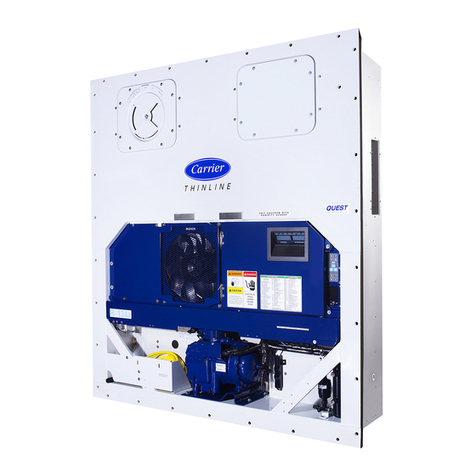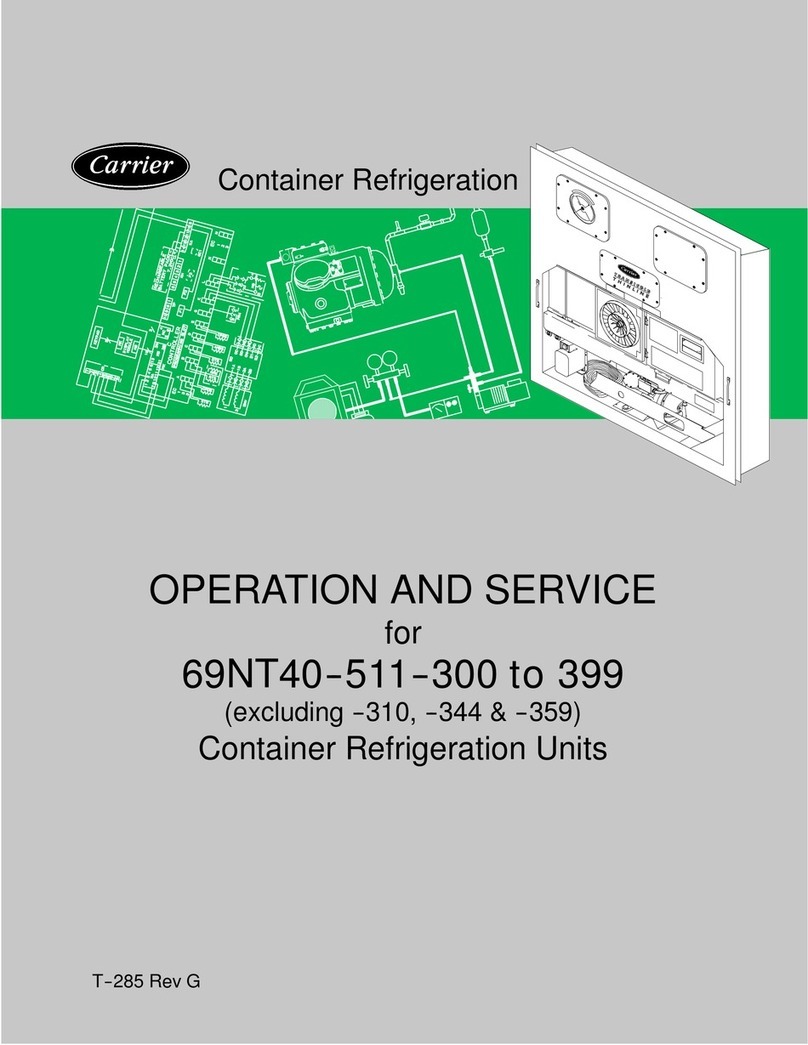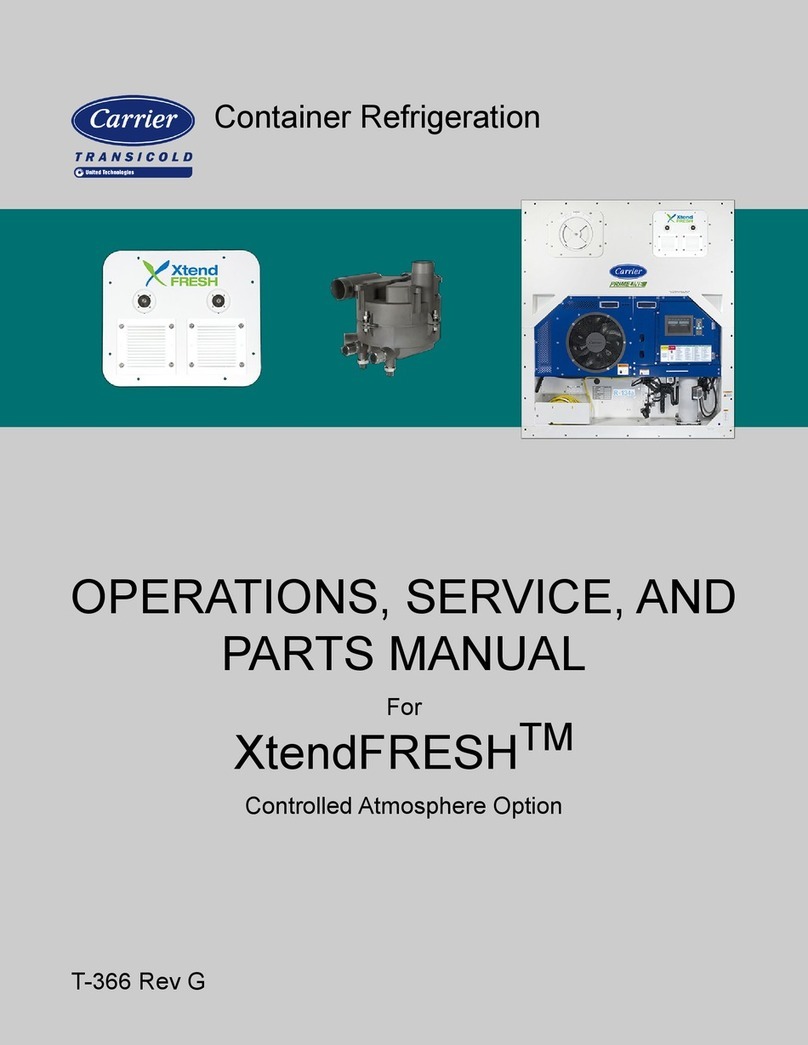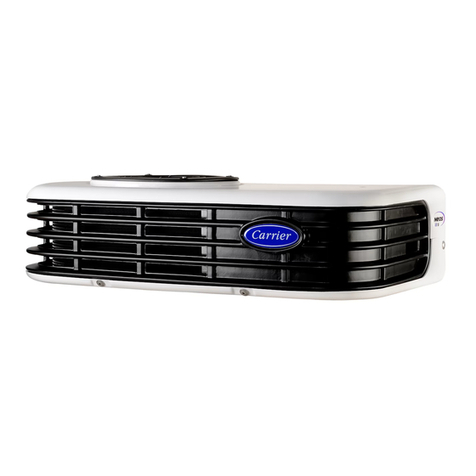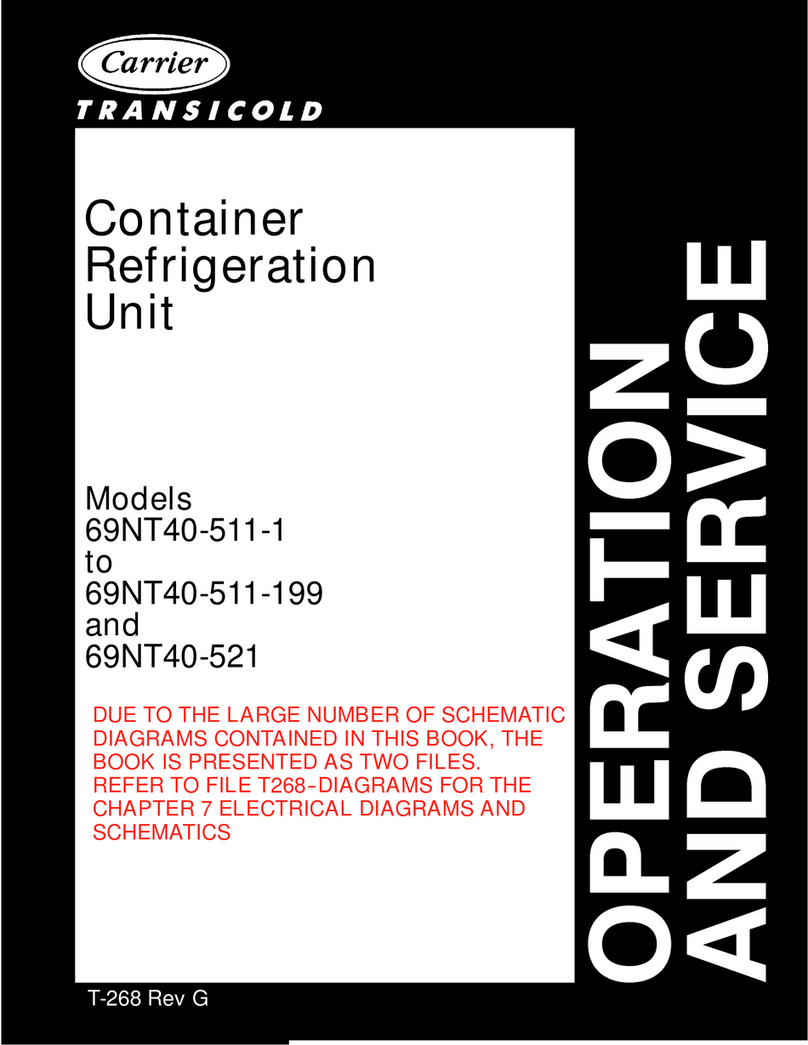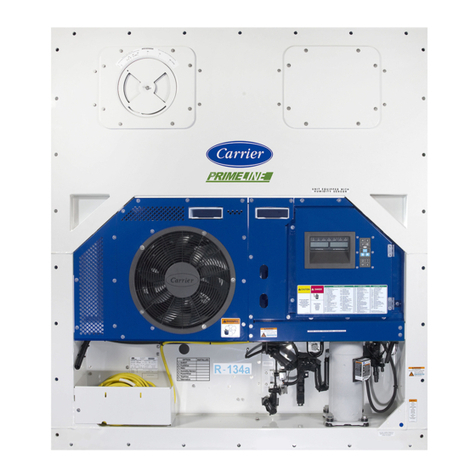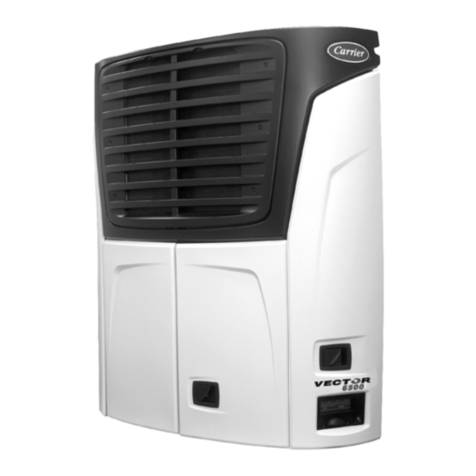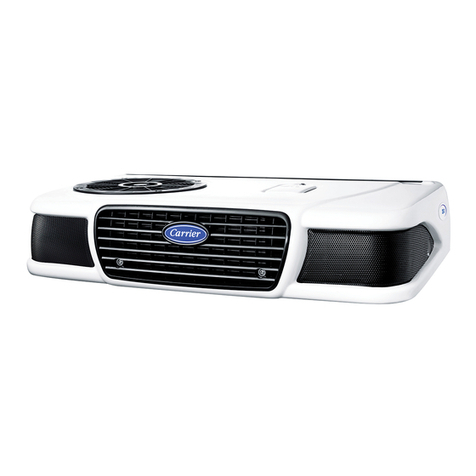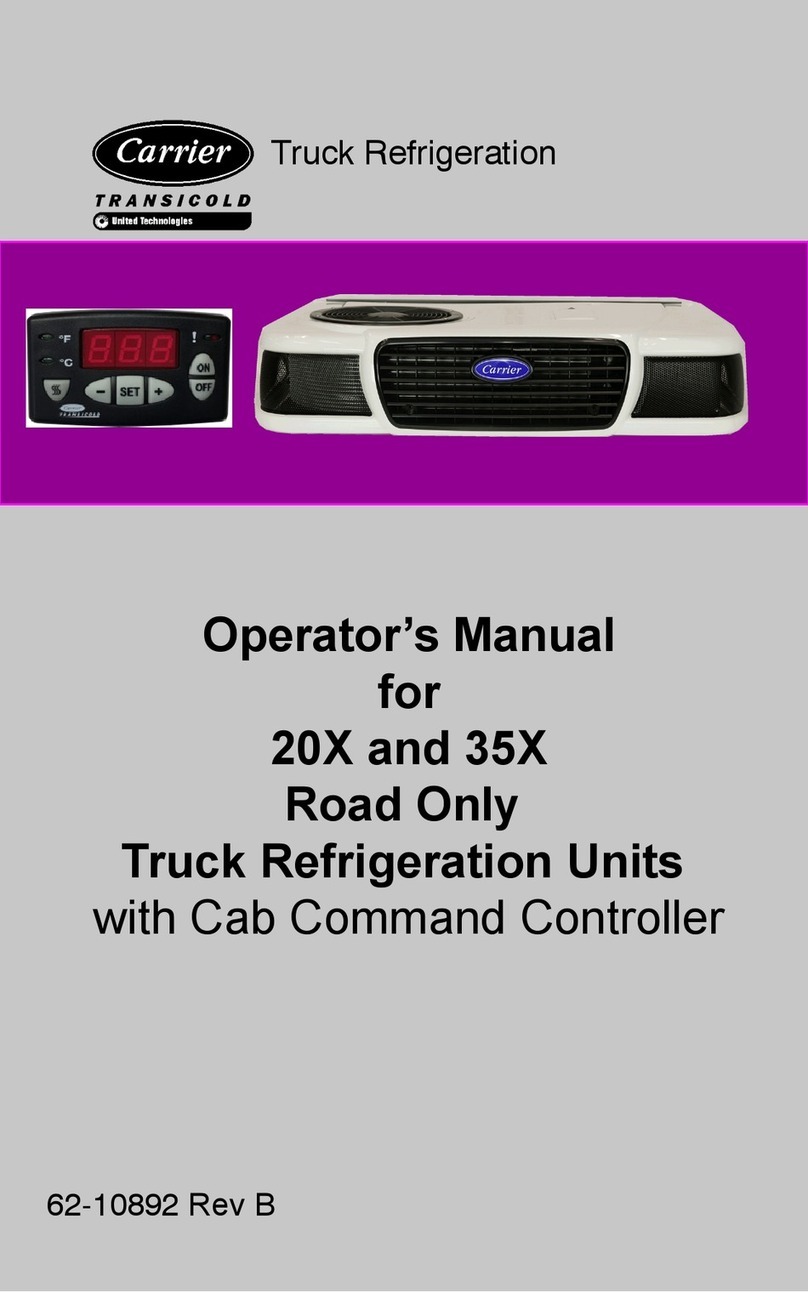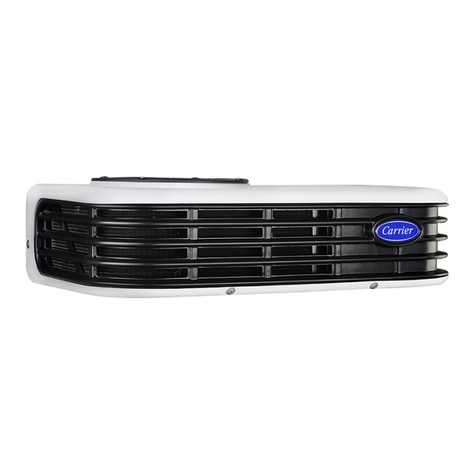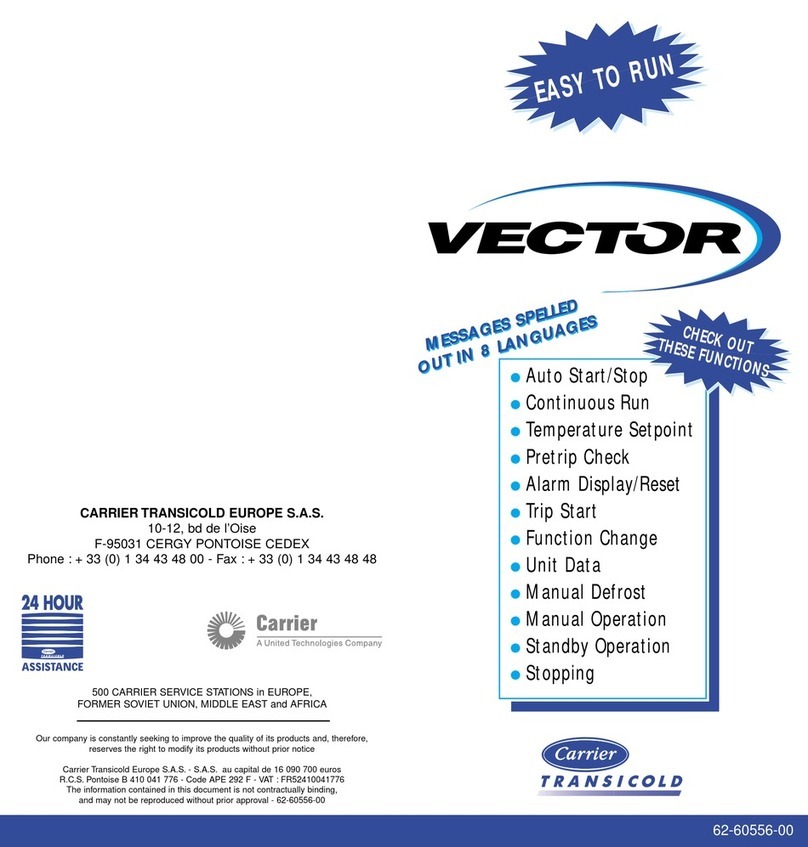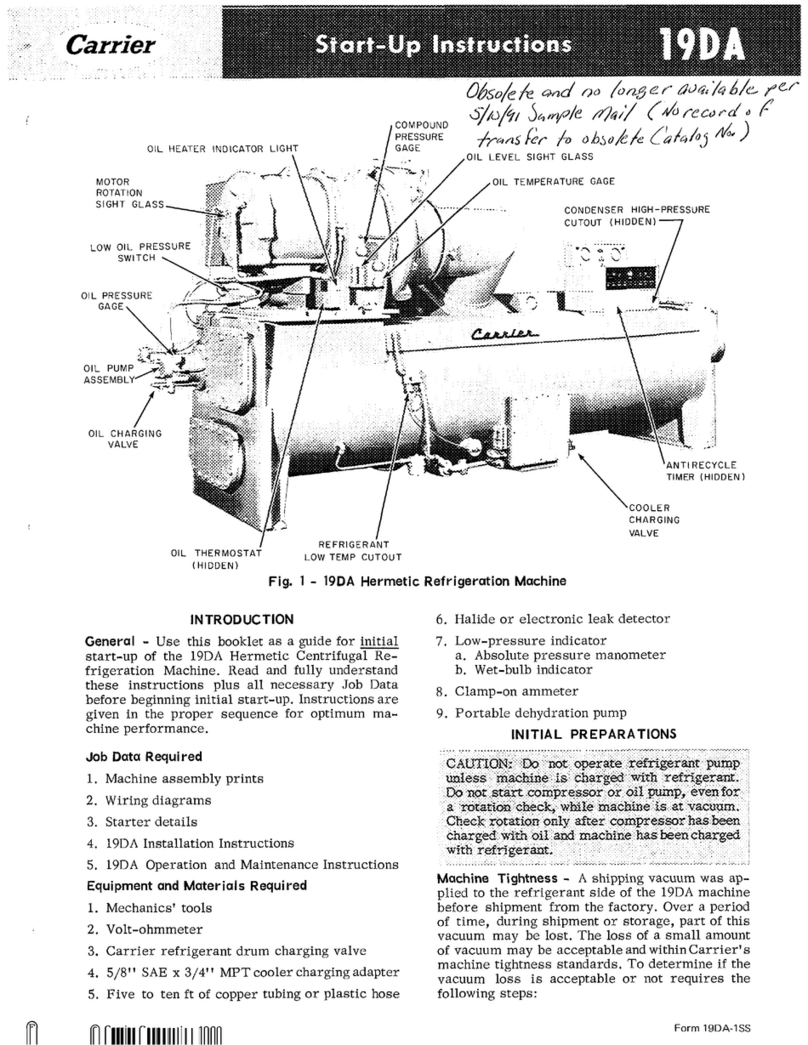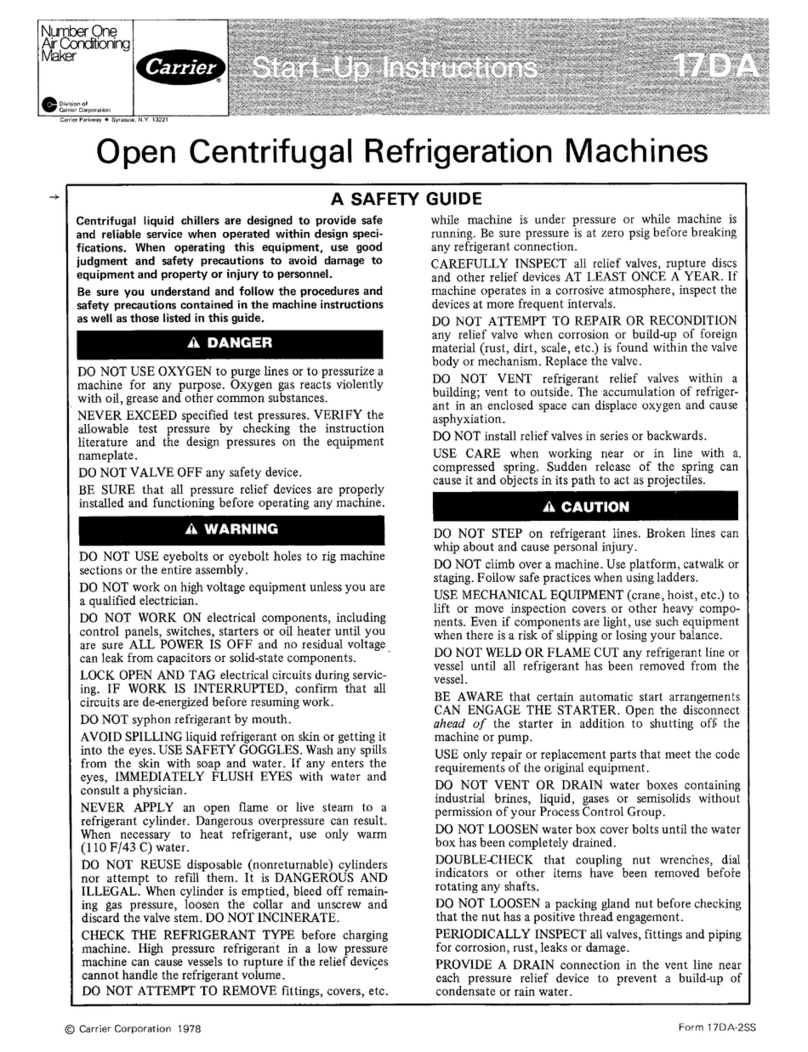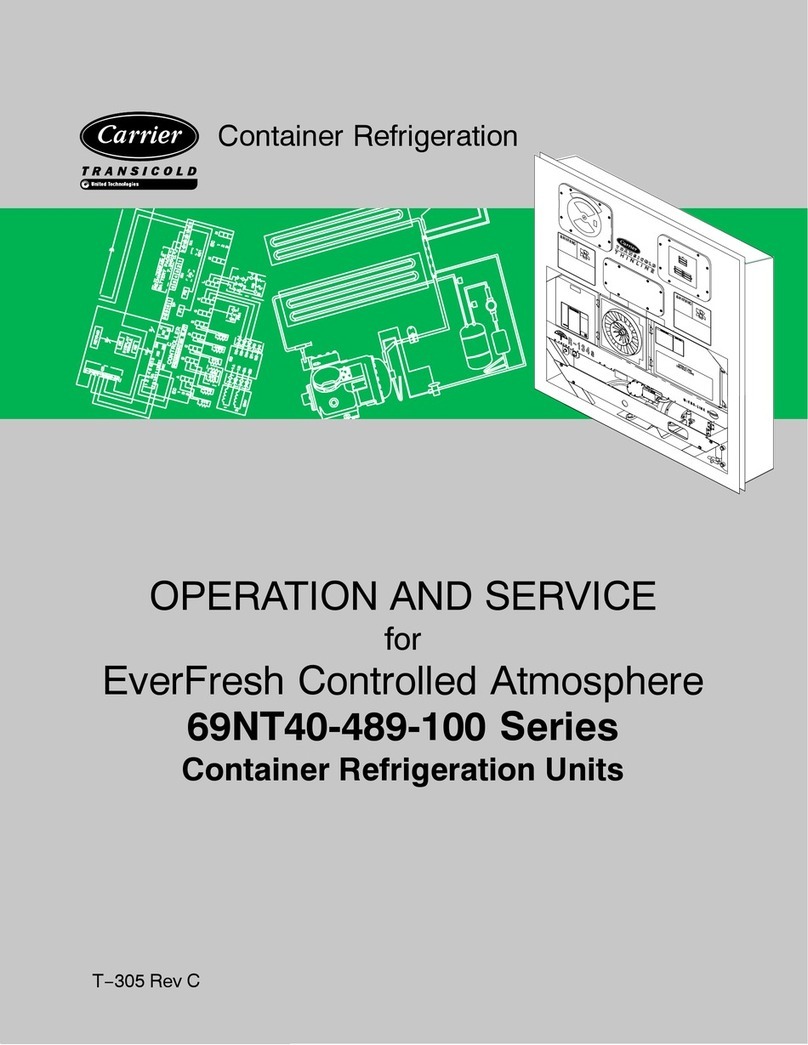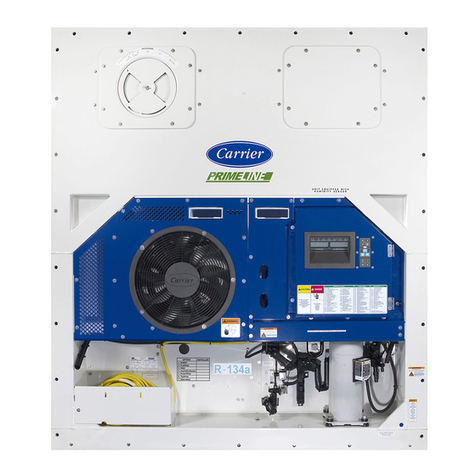
i62--10630
TABLE OF CONTENTS
PARAGRAPH NUMBER Page
GENERAL SAFETY NOTICES Safety-1............................................................
FIRST AID Safety-1.............................................................................
OPERATING PRECAUTIONS Safety-1............................................................
MAINTENANCE PRECAUTIONS Safety-1..........................................................
SPECIFIC WARNING AND CAUTION STATEMENTS Safety-1........................................
DESCRIPTION 1-1...............................................................................
1.1 INTRODUCTION 1-1.....................................................................
1.2 COMPRESSOR REFERENCE DATA 1-7....................................................
1.3 REFRIGERATION SYSTEM DATA 1-7......................................................
1.4 ELECTRICAL DATA 1-7...................................................................
1.5 TORQUE VALUES 1-8....................................................................
1.6 SAFETY DEVICES 1-8...................................................................
1.7 REFRIGERANT CIRCUIT DURING COOLING 1-10...........................................
1.8 REFRIGERANT CIRCUIT DURING HEAT AND DEFROST 1-10................................
OPERATION 2-1.................................................................................
2.1 INSPECTION 2-1........................................................................
2.2 CONNECT POWER 2-1..................................................................
2.3 CAB COMMAND 2-1.....................................................................
2.3.1 Keypad 2-1..........................................................................
2.3.2 Additional Key Functions 2-2...........................................................
2.3.3 Unit Operating Data LED Status 2-2.....................................................
2.3.4 Digital Display 2-2....................................................................
2.4 STARTING 2-3..........................................................................
2.5 STOPPING 2-3..........................................................................
2.6 SET-POINT ADJUSTMENT 2-3............................................................
2.7 DEFROST CYCLE ADJUSTMENT 2-3......................................................
2.8 SEQUENCE OF OPERATION 2-4..........................................................
2.8.1 Perishable Mode 2-4..................................................................
2.8.2 Frozen Mode 2-4.....................................................................
2.9 CONFIGURATION 2-4....................................................................
2.10 ALARM DISPLAY 2-6.....................................................................
2.10.1 Low Battery Voltage Alarm 2-6.........................................................
2.10.2 Accessing Alarm Messages 2-6........................................................
2.10.3 Clearing Alarm Messages 2-6..........................................................
TROUBLESHOOTING 3-1.........................................................................
3.1 INTRODUCTION 3-1.....................................................................
3.2 REFRIGERATION 3-3....................................................................
3.2.1 Unit Will Not Cool 3-3.................................................................
3.2.2 Unit Runs But Has Insufficient Cooling 3-3...............................................
3.2.3 Unit Operates Long or Continuously in Cooling 3-3.......................................
3.2.4 Unit Will Not Heat or Heating Insufficient 3-3.............................................
3.2.5 Defrost Malfunction 3-3...............................................................
3.2.6 Abnormal Pressure 3-4...............................................................
3.2.6.1 Cooling 3-4....................................................................




